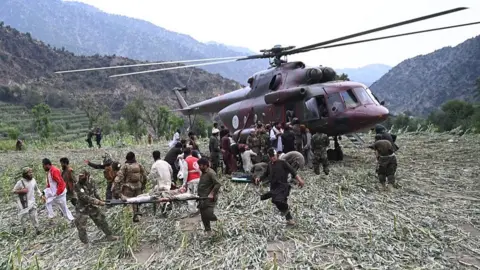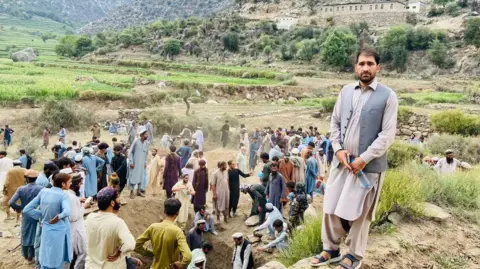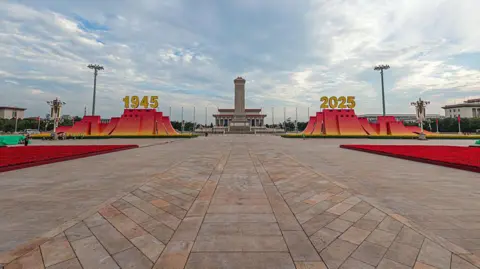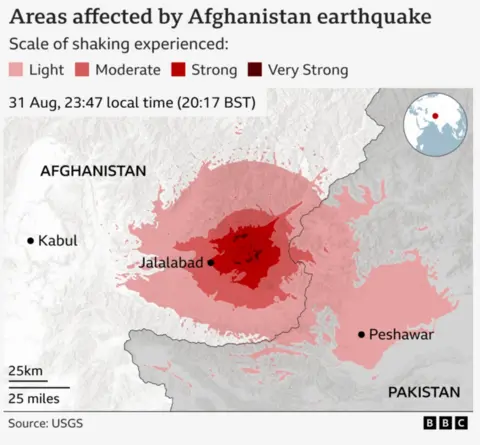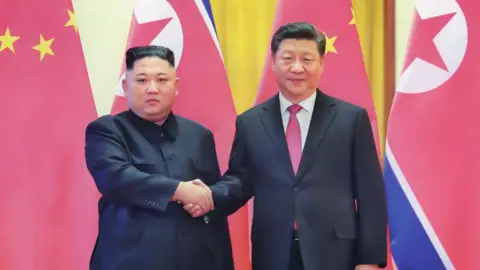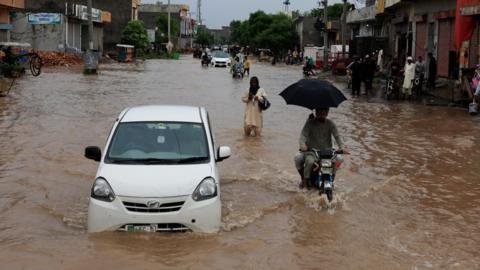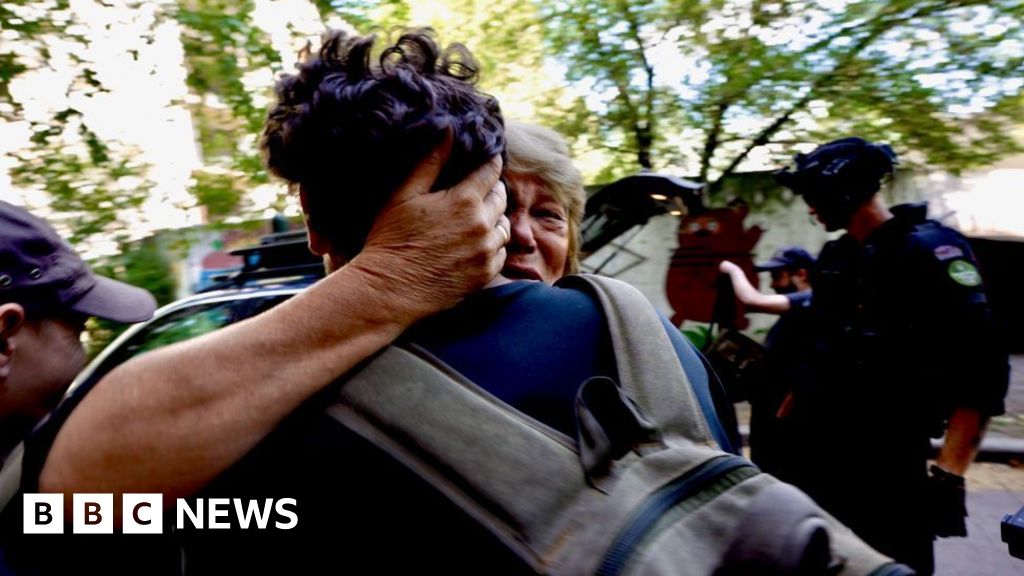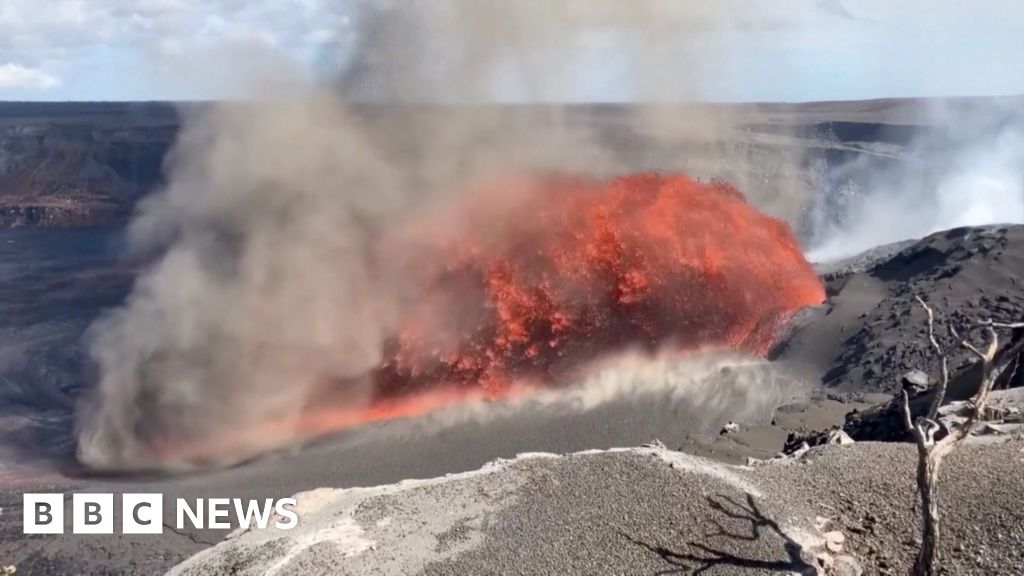A powerful 8.8 magnitude earthquake struck off the coast of Russia's Far East on Wednesday at 11:25 local time (00:25 BST), triggering tsunami alerts across the Pacific and prompting the evacuation of over two million residents from regions in Russia, Japan, and Hawaii, among others. Fortunately, reports of significant damage or injuries remained absent, leading a Hawaii tourist to express relief, stating, "The disaster we were expecting did not come."
In Hawaii, thousands sought refuge on higher ground as waves reached 1.2 meters on Oahu and 1.7 meters on Maui. Hawaii Governor Josh Green warned residents of the dangers of a tsunami, emphasizing, "It is not a regular wave. It will actually kill you if you get hit by a tsunami." However, within hours, he announced that "so far we have not seen a wave of consequence." Subsequently, the Pacific Tsunami Warning Centre downgraded the tsunami warning for Hawaii to an advisory stage, allowing residents who had evacuated to return with caution, although minor flooding still posed a threat.
California's northern coast recorded waves reaching 1.09 meters (3.6 feet) in Crescent City, while minor tidal surges also affected San Francisco and Los Angeles. In British Columbia, Canada, a tsunami advisory was initially issued but later revoked as conditions improved.
In the Russian city of Petropavlovsk-Kamchatsky, the earthquake did result in damage to various structures, including a nursery, but fortunately, there were no serious injuries reported. In Severo-Kurilsk, tsunami waves reached as high as 5 meters (16 feet) but likewise resulted in no major harm. While the tsunami warning for Kamchatka has been lifted, reports indicated that the Klyuchevskoy Volcano began erupting following the quake, with lava flow observed on its slopes. Authorities in the Sakhalin region declared a state of emergency.
Japan also experienced tsunami sirens, with waves exceeding a meter impacting the Pacific coast. Nearly two million people were evacuated, although officials soon downgraded warnings to advisory statuses across affected areas. Japan's Prime Minister Shigeru Ishiba confirmed no damage or abnormalities were detected at the Fukushima nuclear plant, which had faced severe challenges during a past disaster in 2011.
In the South Pacific, regions such as French Polynesia and Papua New Guinea were on alert, with wave height predictions varying but ultimately resulting in less significant experience than initially feared. Alerts were also lifted in areas such as China, Chile, and the Philippines as conditions returned to normal.
Taking place in a seismically active area known as the Pacific Ring of Fire, Wednesday's quake was among the strongest recorded in history, reminiscent of tumultuous past tremors including a major 9.0 quake near Kamchatka in 1952. Despite the initial fears of catastrophic damage, most regions impacted remained vulnerable but resilient, underscoring the power of natural forces in this unpredictable geological zone.








